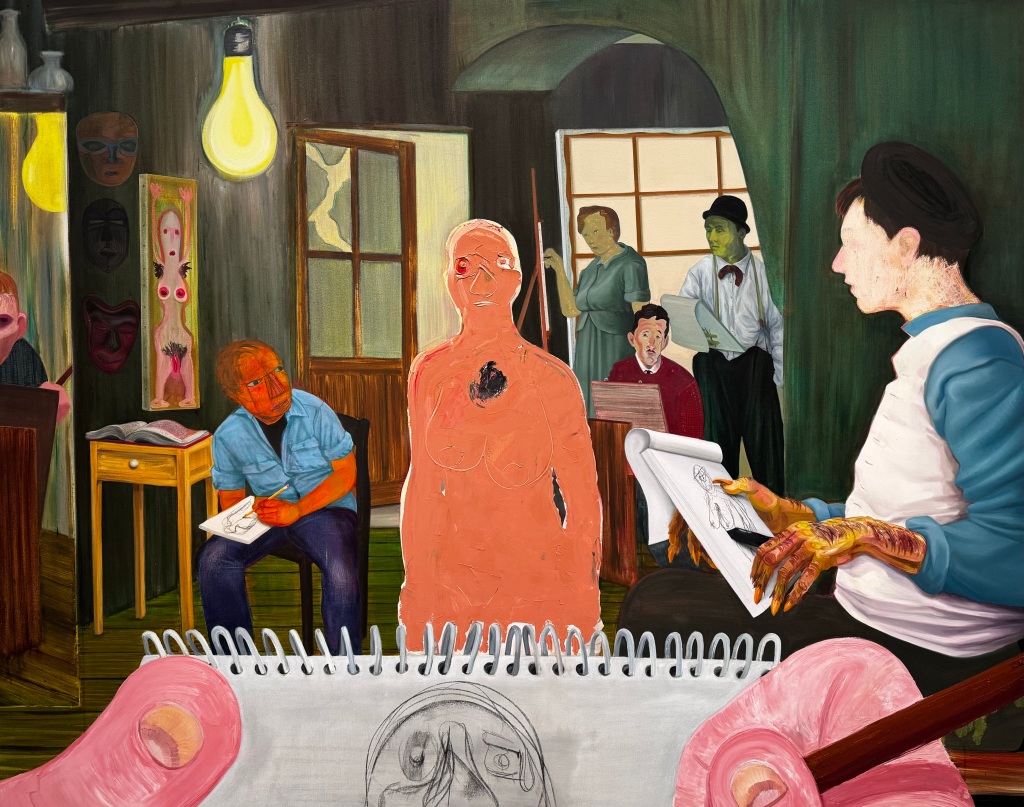

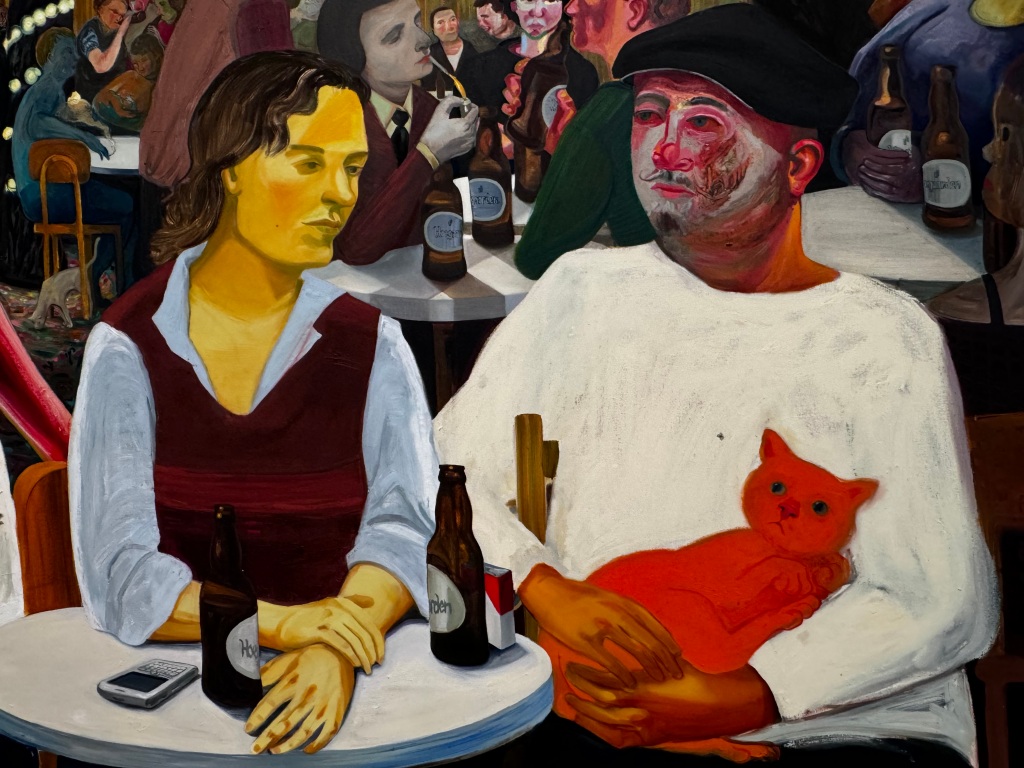
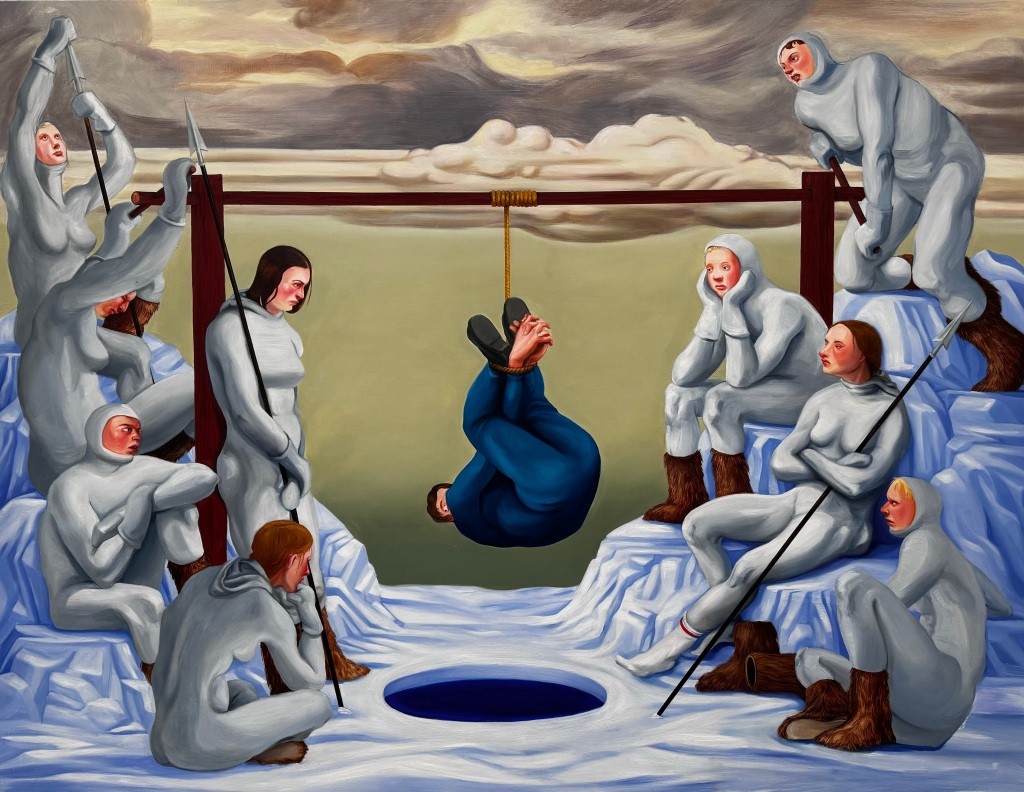

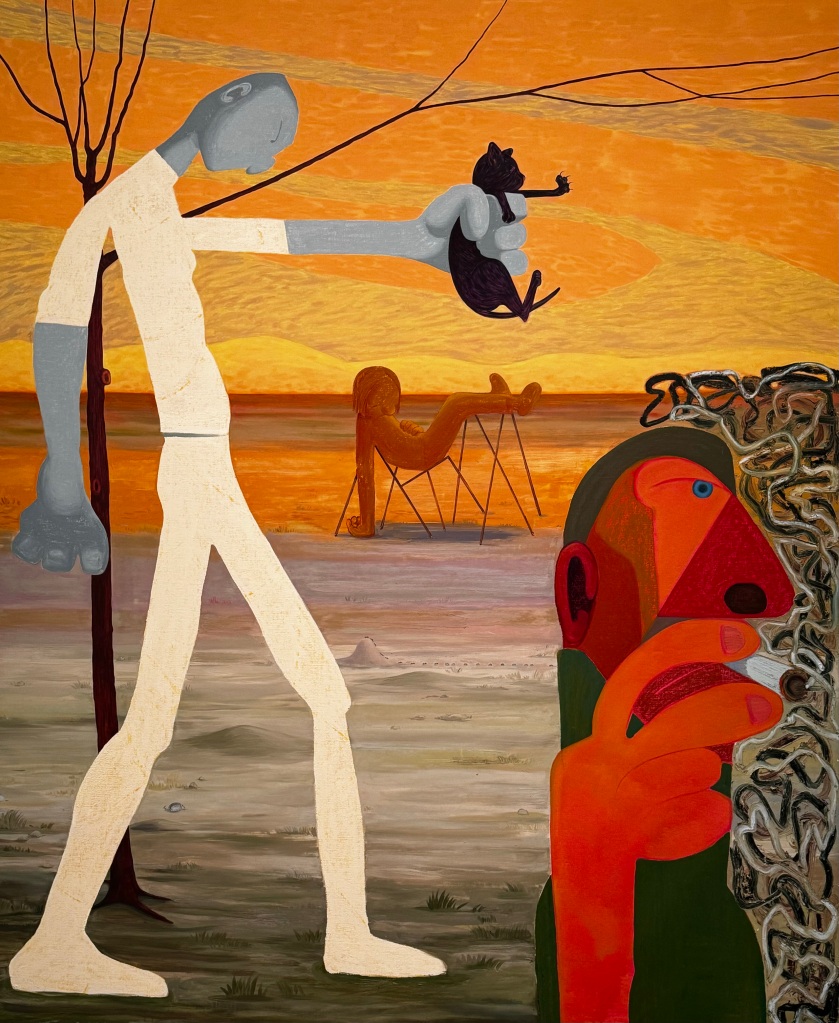
My images of work seen at Nicole Eisenman: What Happened,
now at the Museum of Contemporary Art.






My images of work seen at Nicole Eisenman: What Happened,
now at the Museum of Contemporary Art.


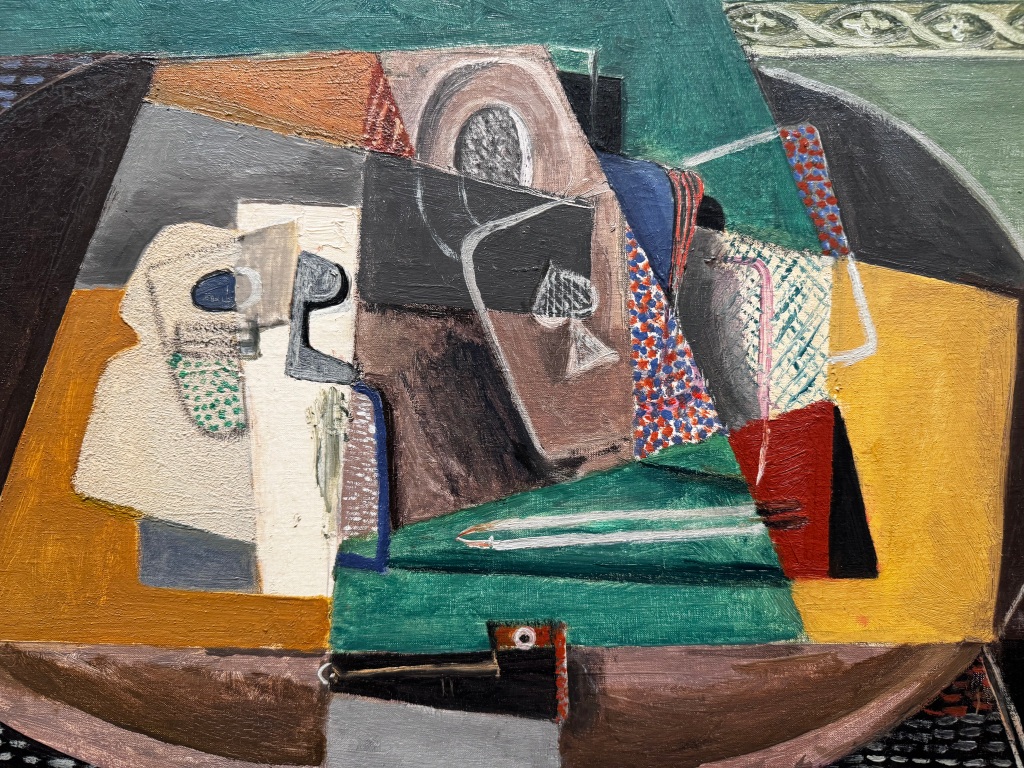


My images of detail from the following works:
✤ “Blackbird Song” by Sylvette David (2000)
✤ “Spider Queen (Rèn Zarenyen)” by Préfète Duffaut (circa 1958)
✤ ”Still Life with Ace of Spades” by Henri Hayden (1918)
✤ “City Canyon” by Letterio Calapai (1950)
✤ ”Prelude — until time has dropped” by Idris Khan (2022)
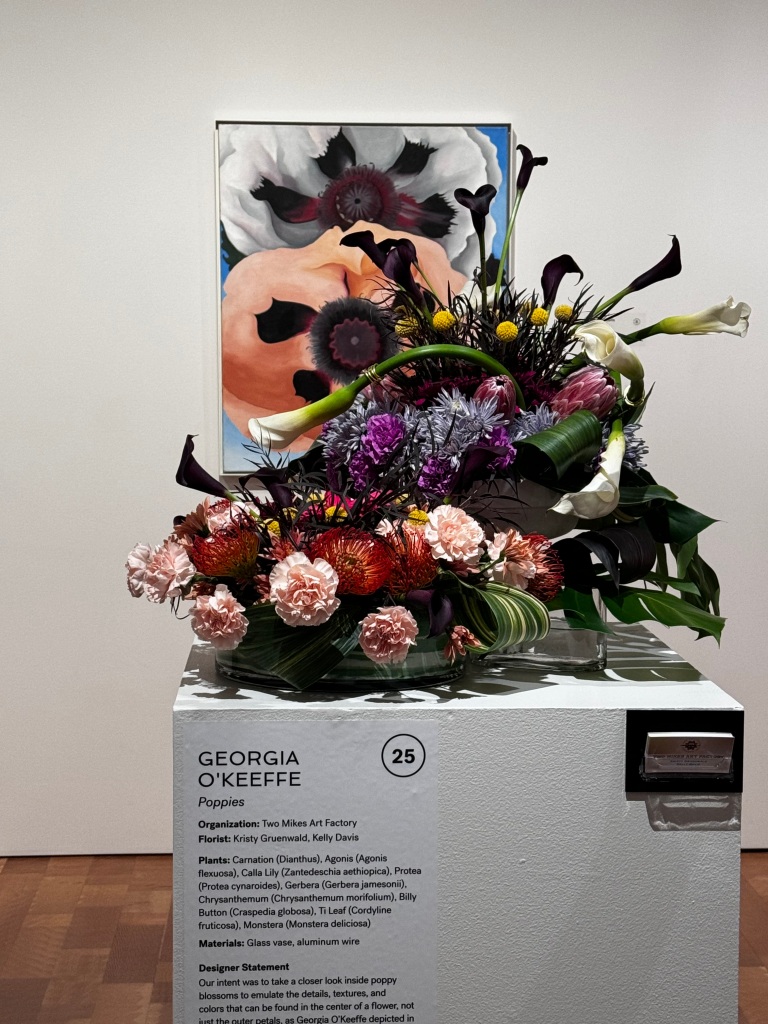
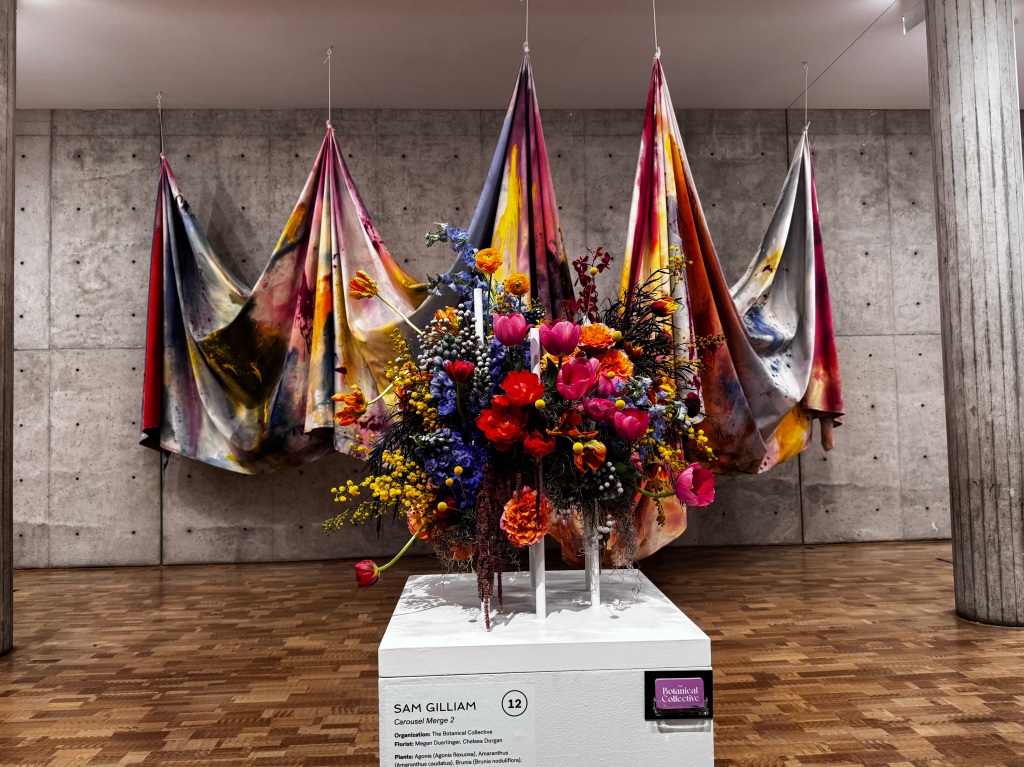



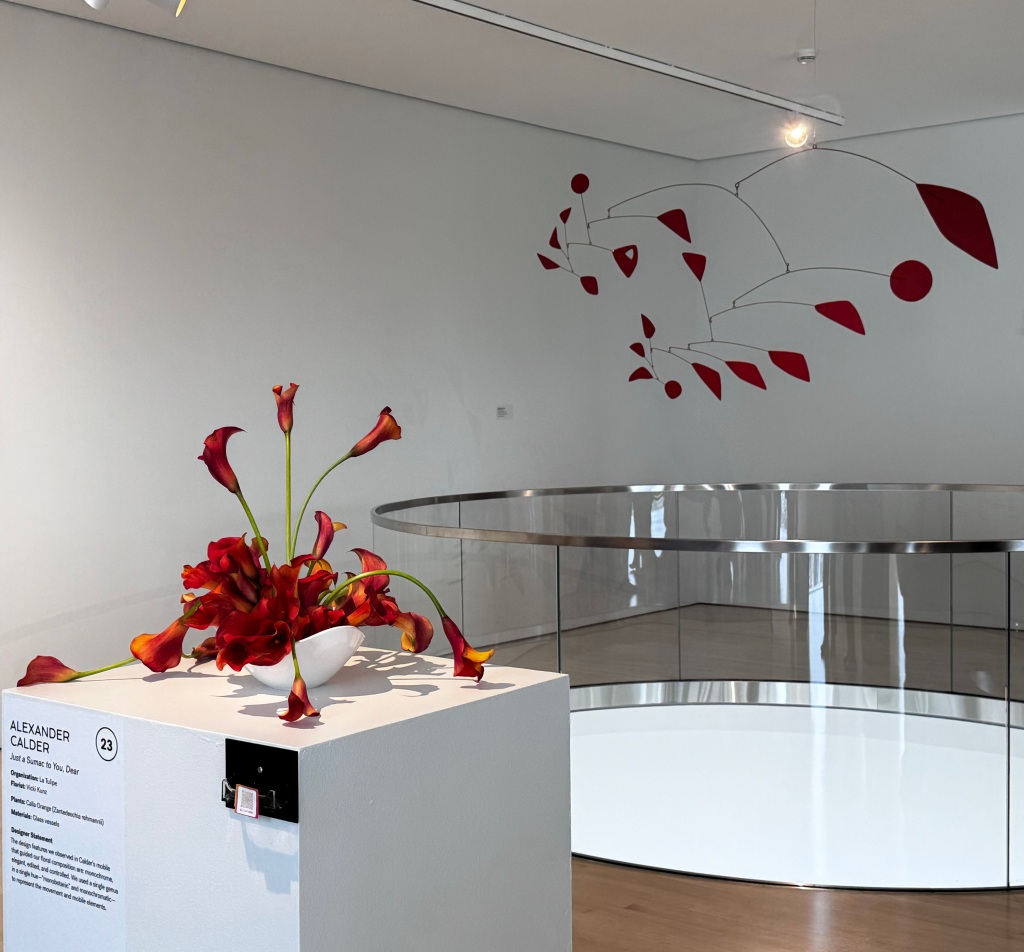
At the Milwaukee Art Museum.



At the Museum of Contemporary Art.






My images of detail from the following works:
✤ “Home Sweet Home” by Thorton Dial, Jr. (1990)
✤ “Athanor” by Anselm Kiefer (1983-84)
✤ Untitled by Lee Mullican (1971)
✤ “Hanging Clothes” by John Koch (1950)
✤ “La Méridienne (The Siesta)” by Vincent van Gogh
✤ “A Bouquet of Flowers in a Rhine Stoneware Vase…” by Maria van Oosterwijck (about 1685)
Also, the Caravaggio exhibit here is more expansive than the one we saw at the Art Institute in the fall.

By Josephine Halvorson (2022). Seen at “50 Paintings” at Milwaukee Art Museum.

“Sketching in Clay” at the Art Institute.